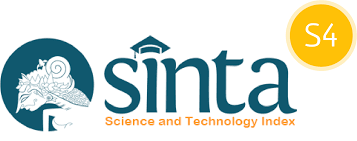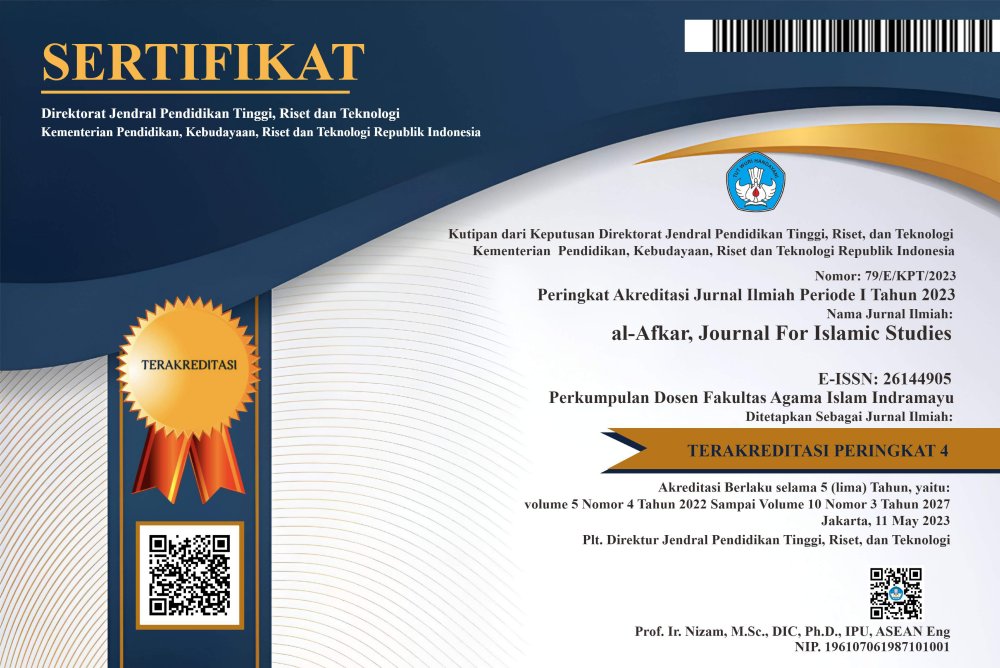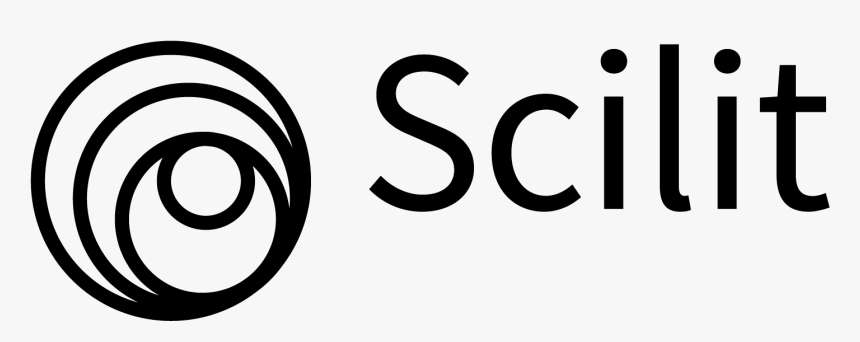Model Story Module for Madrasah Tsanawiyah level Students in Modern Islamic Boarding Schools
DOI:
https://doi.org/10.31943/afkarjournal.v7i2.923Keywords:
Module, Exemplary Story, Tsanawiyah, Modern Islamic Boarding SchoolAbstract
The problems and needs of madrasah tsanawiyah students in modern Islamic boarding schools are based on the results of observations and interviews, then collected in a model story module that is interesting, relevant and easy to understand. Research methods describe the research design which includes procedures or steps that must be taken, research time, data sources, and how the data is obtained and processed or analyzed. This type of research is mixed research (qualitative and quantitative) using the R & D (Research and Development) method. The module has been tested for validity by being assessed by representatives of language experts, material experts, design experts and teachers from 5 Modern Islamic Boarding Schools, namely Daarul Rahman Modern Islamic Boarding School, Nurul Iman Al-Hasanah Modern Salafi Islamic Boarding School, Ummul Quro Al-Islami Modern Islamic Boarding School, Tahfidz Modern Islamic Boarding School Ummul Quro Al-Islami, and Daaruttsaqofah Modern Pondok. The suitability of the product was assessed by 44 Daarul Rahman class IX B students. The accumulated assessment used a Likert scale on the Microsoft Word application. The research results show that the module packaging uses language that is easy to understand, attractive and has a clear purpose. The exemplary story module material is compiled from various primary and secondary sources. The exemplary story module was developed based on problems and needs and validated by language, material, design and teacher experts. The module feasibility results from language experts were 92%, material experts 94%, design experts 89%, teachers 80% and students 86%. These results can be said to be feasible with a minimum score of 80% and can be said to be very feasible with a maximum score of 94%.
Downloads
References
Anza, N. E.-H. (2022). Pengembangan E-Modul Pembelajaran Interaktif Dalam Membangun Moralitas Positif Anak Laki-Laki Usia Dini Terhadap Perempuan. Https://Digilib.Uin-Suka.Ac.Id/Id/Eprint/51816/1/20204031023_Bab-I_Iv-Atau-V_Daftar-Pustaka.Pdf
Ahyani, Latifah N., & Astuti, D. (2018). Psikologi Perkembangan Anak Dan Remaja. Universitas Muria Kudus.
Ajhuri, K. F. (2019). Psikologi Perkembangan Pendekatan Sepanjang Rentang Kehidupan. Media Pustaka.
Asyhar, R. (2012). Kreatif Mengembangkan Media Pembelajaran. Refleksi.
Bright, R. Louis, & Hendrik. (2015). Research And Development Strategies. Experimental Education.
Fitriyah, Q. A. (2022). Pengembangan E-Modul Pendidikan Agama Islam Berbasis Problem Based Learning Untuk Meningkatkan Efektivitas Pembelajaran Pendidikan Agama Islam Materi Fikih Pada Siswa Kelas X Sma Negeri 1 Lamongan. Http://Etheses.Uin-Malang.Ac.Id/39900/13/200101210015.Pdf
Haidir, & Salim. (2019). Penelitian Pendidikan Metode, Pendekatan, Dan Jenis. Kencana
Harsemadi, I. G., Wulandari, R., Rosyadi, A. I., Lamopia, I. W. G., & Agustino, D. P. (2022). Aplikasi Pembelajaran Kisah Teladan Rasulullah Muhammad Saw Berbasis Multimedia. Cendekia: Jurnal Studi Keislaman, 8(1), 24–41. Https://Doi.Org/10.37348/Cendekia.V8i1.141
Nasti, R. D. (2012). Development Moduel Of Reaction Rate Based On Multiple Representation. Jurnal Pendidikan, 9.
Rafi’y, M. (2022). Pengembangan Modul Pembelajaran Terpadu Untuk Mahasiswa Pg-Paud Universitas Musamus. Jurnal Pendidikan Indonesia : Teori, Penelitian, Dan Inovasi, 2(6). Https://Doi.Org/10.59818/Jpi.V2i6.395
Downloads
Published
How to Cite
Issue
Section
License
Copyright (c) 2024 Siti Sopiah Maviani, Abdul Hayyie Al-Kattani, Ahmad

This work is licensed under a Creative Commons Attribution 4.0 International License.



















